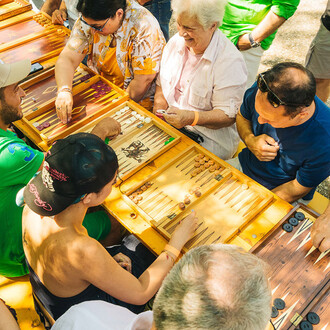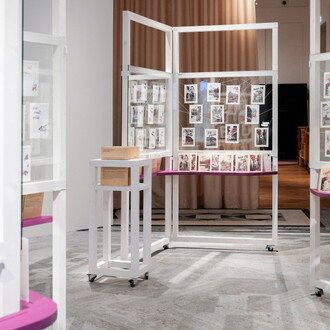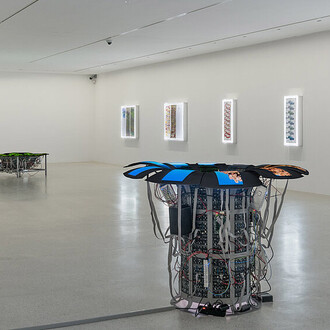We are merely nature’s guests and must behave accordingly. Man today is the most dangerous “pest” that ever devastated this earth.
Hundertwasser’s popularity is not only based on the mass appeal of his paintings and his visionary architecture, but today more than ever also on his active dedication to and many interventions on behalf of comprehensive nature- and environment protection. Just like he showed the people possibilities of a better world and finding a way back to paradise in his pictures, he turned his utopias into reality in the course of his artistic life. He himself made his vision of paradise a reality in the form of his modest safe havens located in the Austrian region “Waldviertel”, in Normandy, in Venice, and lastly in New Zealand. Next to public tree plantings around the world, he planted over 150,000 trees in his valley in New Zealand with the help of farmers and construction companies, thus giving the land back to nature.
Examples of the standards he set for people-friendly architecture that is both close to nature and accessible for everyone can be witnessed at the Kunst Haus Wien.
Two models of his plant purification system in the permanent exhibition also draw attention to details of his vision; together with the humus toilet, this idea was both at the center of his ecological ideas and at the center of his own homes. In The Sacred Shit – The Shit Culture (1979) Hundertwasser writes that “what is coming out of our body is not waste but the basis of our world.” Even in the Master School at the Academy of Fine Arts, students were ordered to cultivate such a facility. Receptacles laid with gravel and water plants were connected in a cascading way, turning sewage that runs through the basins into clear water.
















